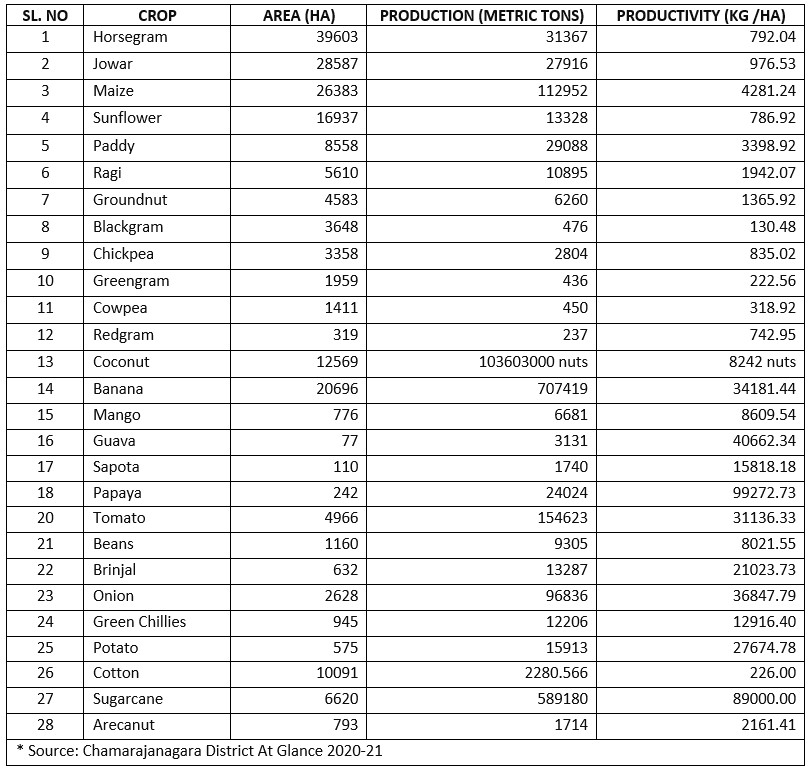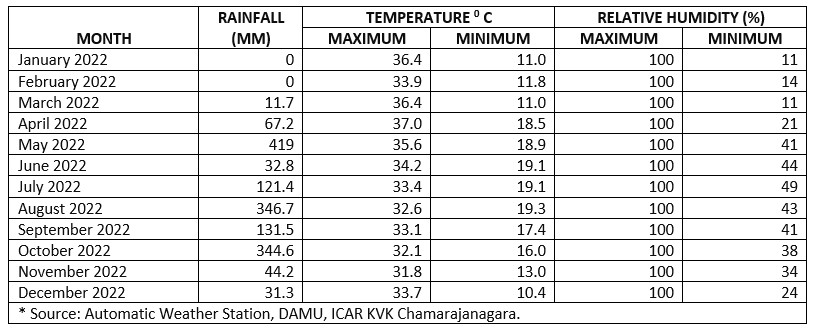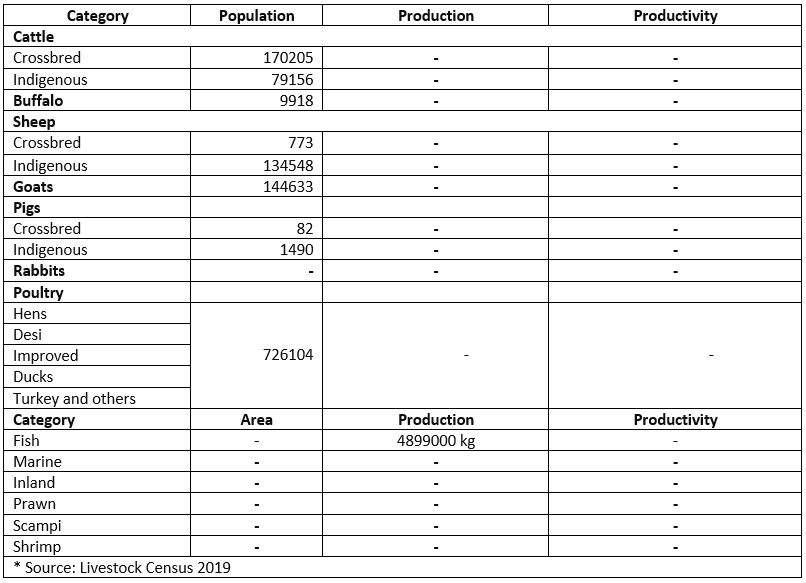| SL. No. |
SOIL TYPE |
CHARACTERISTICS |
AREA IN HA |
| 01. |
Medium Black |
These soils are medium to high in organic carbon (0.75-1.15%) and alkaline in soil reaction.
The soluble salts content of soil in terms of electrical conductivity is 0.75 - 2.0 dS m-1.These soils are dominated by both clay and silt content as dominant soil particles and are moderately drained. The soil depth in these soils is high (0-90cm).The available Nitrogen, Phosphorus and Potassium status are medium in range and hence classified as medium in fertility ratings. The secondary nutrient elements such as Calcium and Magnesium are high (>1.5 meq 100g-1) in range where as Sulphur is in medium range (10-15 ppm). The DTPA extractable micronutrients such as Cu, Mn and Fe are high in range where as Zn, Boron and Molybdenum are deficient. These soils more suitable for growing Cotton, Paddy, Sugarcane, Sunflower and Bengal gram. |
91,181 |
| 02. |
Red Loam |
These soils are well drained and all the soil separates like sand silt and clay particles are equal in proportion. The soil depth is shallow and ranges from 0-60 cm. These soils are medium to low in organic carbon content, neutral in soil reaction (pH 6.0-7.0) and soluble salt content is normal (0.5-1.0 dS m-1). The available Nitrogen, Phosphorus and Potassium content is low, medium and medium in range, respectively. These soils are rich in iron and manganese content and deficient in Zn, Boron and Molybdenum content (Source: NBSS & LUP). These soils are suitable for growing cereals, pulses, oil seeds and other horticultural crops.
|
81,340 |
| 03. |
Red Sandy Loam |
These soils are well drained, shallow in soil depth (0-30 cm) and low in organic carbon content (< 0.5 %). Soils are acidic in soil reaction (pH6.0-6.5).The soils are normal in soluble salts content (0.5-0.6 dS m-1) and the available major and micronutrients are low to medium in range. These soils suitable for growing crops like Groundnut, Jowar, Ragi and other leguminous crops. These soils are also suitable for establishment of horticultural crops.
|
27,500 |


